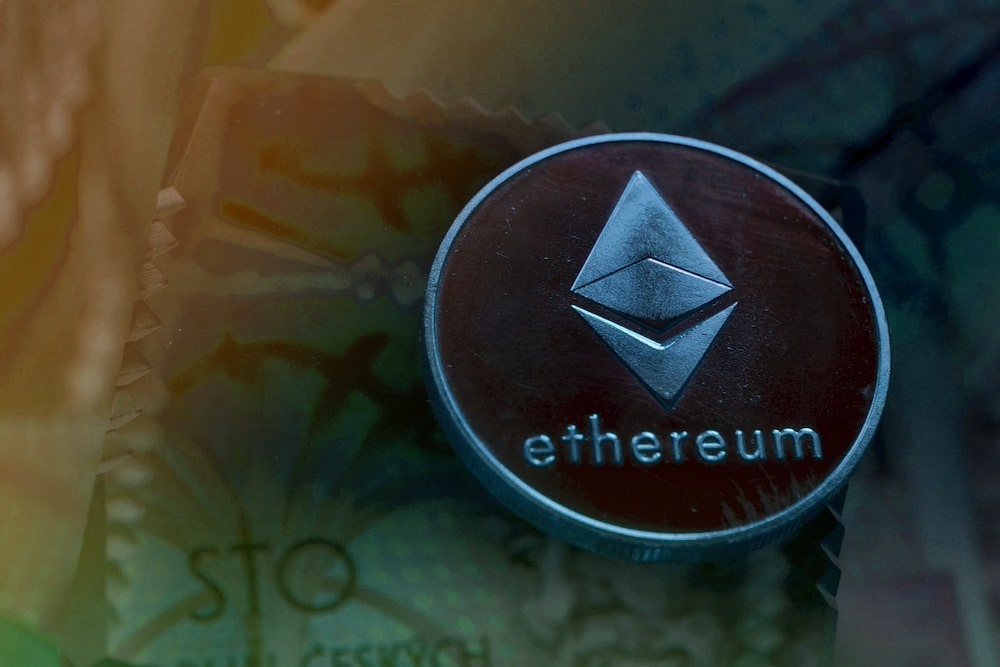The daily amount of ETH burned on the Ethereum network has reached its lowest level in the past few years.
The Ethereum network has witnessed a significant reduction in its burn rate as gas fees have plummeted to an unprecedented low of 2 gwei. The decline in base gas fees marks some of the lowest levels observed in recent years. This represents a 98% drop from the year-to-date high of 83.1 gwei reached early this year in March.
Gwei is the most commonly used ether unit because Ethereum transaction fees are priced, making it easier to refer to.
On August 12, only 210 ETH were burned, a record low for the year. This has led to an increase in the network’s inflation rate, with approximately 2,000 ETH added to the supply.
The Introduction of EIP-1559
The implementation of (EIP-1559), known as the London hard fork in August 2021, introduced a mechanism where the system burns the base fee per transaction, reducing the overall ETH supply when network activity is high. The recent low fees mean less ETH burned, influencing the economic space of Ethereum.
This reduction in gas fees is also attributed to a growing shift of users to Layer 2 scaling solutions and the implementation of blob transactions from the Dencun upgrade in March, which have contributed to lowering costs on Layer 2 networks.
According to data from analytics and research platform L2BEAT, Layer 2 activity has skyrocketed. Base alone handled more than 109 million transactions in the last 30 days, compared to 33 million on Ethereum’s mainnet.
Ethereum Needs to Increase Layer 1 Activity
In light of the inflationary trend, Gnosis founder Martin Köppelmann has proposed a temporary increase in the gas limit.
Köppelmann also said that Ethereum needs to increase layer 1 activity. Although raising the gas limit may seem counterintuitive, it could be a strategic move given the current low fees.

